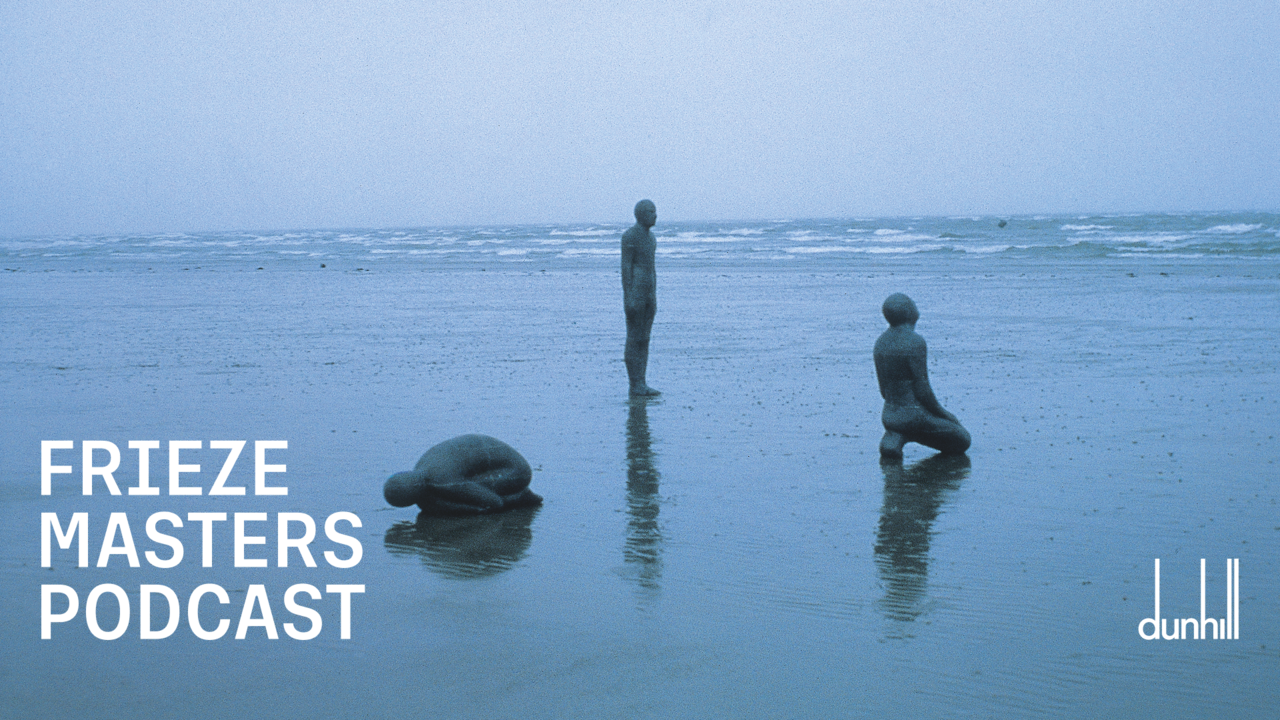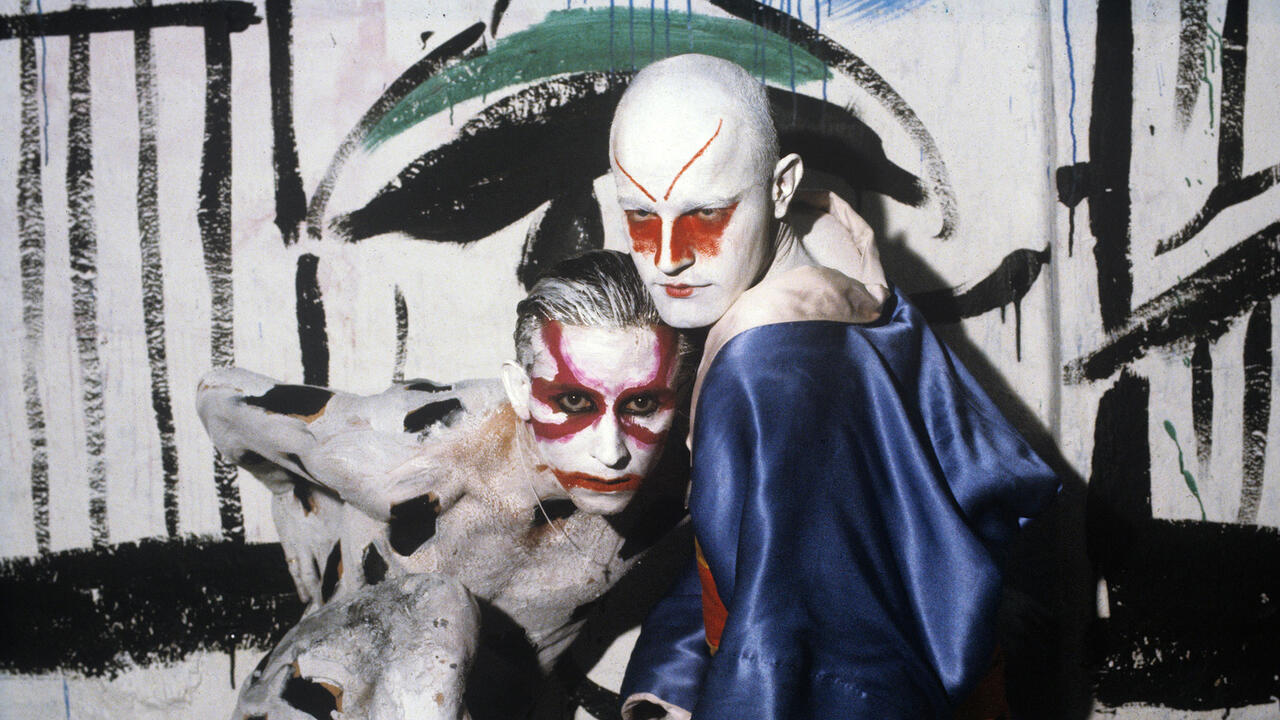Pablo Helguera

The main room of Pablo Helguera’s solo show ‘Librería Donceles’ (Donceles Bookshop, 2013) comprised a deceptively simple ruse: a simulation of a second-hand bookshop that actually was a second-hand bookshop. A bookshop with no particular specialism – it contained everything from literature to lullabies, catalogues to calculus – save that every volume was in Spanish. The traffic of the world's largest online book retailer aptly evokes the immense flow of the Amazon river yet, at Kent Fine Art, other kinds of browsers paddled a quieter backwater in Librería Donceles, named in honour of a street in Mexico City blessed with a row of second-hand book havens.
Helguera had amassed and shipped around 10,000 books for the project, mostly from his native Mexico, by seeking donations or trading in exchange for art works, and an ‘Ex Libris’ label in every volume acknowledged each book’s former owner. Among the shelves, one labelled ‘Libros Amorosamente Forrados’ hosted books ‘lovingly lined’ with protective covers by their previous owners, while ‘Filosofía de Tercera’ redeemed some marvellous examples of ‘third-rate’ philosophy. As a stick in the mud against the rising tide of the e-book, as well as the used-book trade’s surge towards the corporatized Internet, Helguera’s pay-what-you-like bookshop delighted in the technology of ‘legacy’ publishing and reading.While Librería Donceles celebrated distracted browsing and the permanence of the printed word, its broader sociopolitical ambitions paralleled a book’s dispersal with diaspora and immigration. Although nearly three million Hispanic people live in New York, for the duration of the exhibition it was the only Spanish-language second-hand bookstore in the city. With an improbable location in a commercial gallery in Chelsea, Helguera’s project was not so easily soluble as a form of community outreach had it been sited in a public museum – as Helguera, who is Director of Adult and Academic Programs at the Museum of Modern Art, well knew. In a more granular way, it pointedly questioned who is being marginalized by what type of culture and, moreover, where the linguistic margins – or between-the-bilingual-lines – might be drawn.
Of the three other works installed beyond the shelves of Librería Donceles, On the Future of Art (2013) acted as a bibliographical coda to the bookshop's shuffling of language and belonging. Through three rows of words and pictures, a table of 35mm slides and two wall-mounted books, Helguera related the story of how the Spanish version of the 1969 book On the Future of Art had compelled him towards a career as an artist and educator, only years later discovering during his time managing the Guggenheim’s public programmes that the book’s author, Edward F. Fry, had held the same job at the museum decades before. As Helguera writes in the wonderful curatorial vignettes that comprise What in the World (2010) (a shelf of his prolific writings also featured in the exhibition), ‘collectively or individually, we are responsible for giving meaning and value to objects, and as such we operate at home like curators operate in museum’. Likewise, with its stress on the written word in the form of powerful objects which change hands throughout their lives and journeys, Librería Donceles similarly unbound the distinctions between the sentimental or serendipitous and the idea of an official cultural heritage, and between our domestic bookshelves and the very notion of art’s public programme.
















